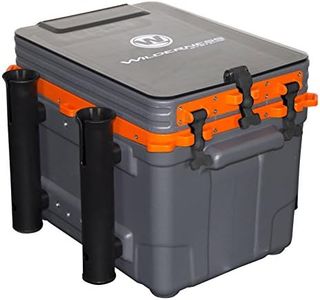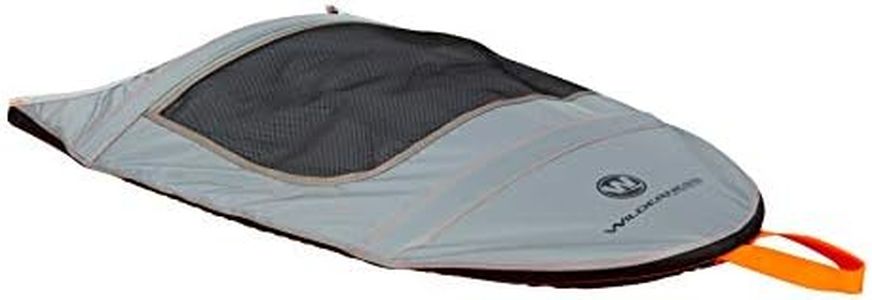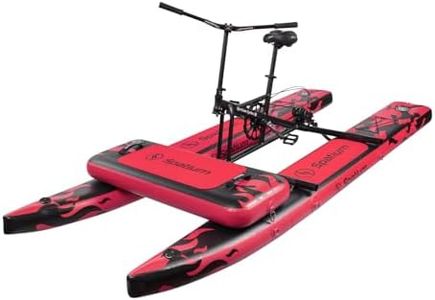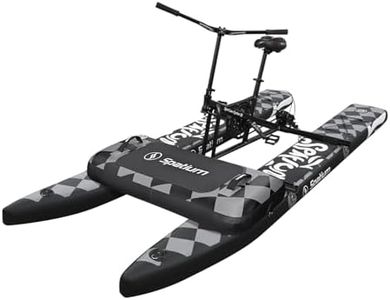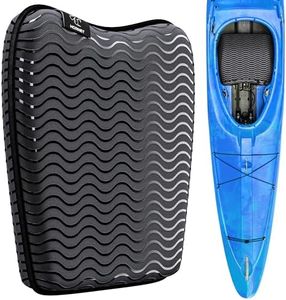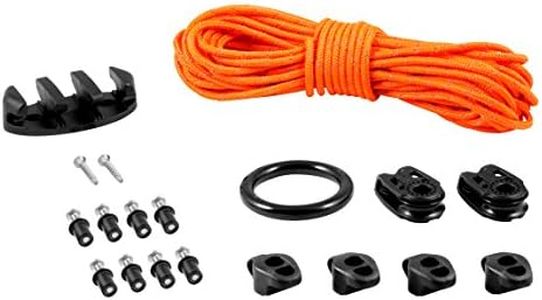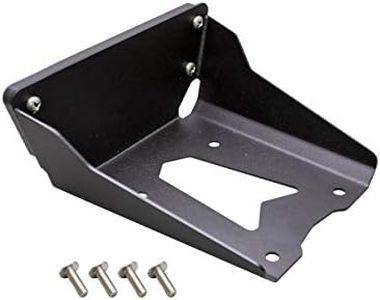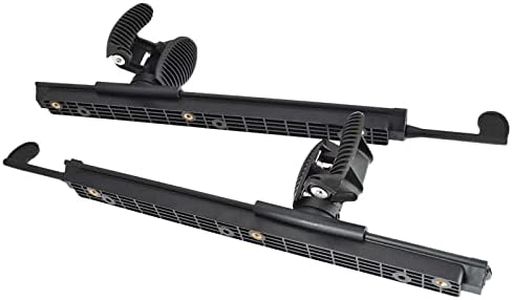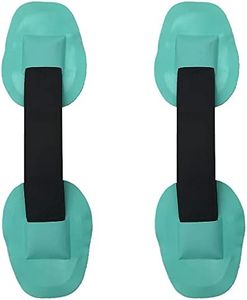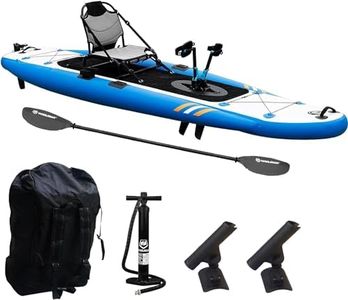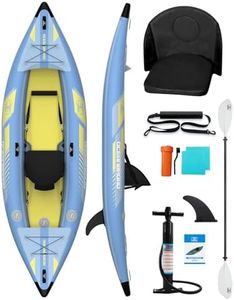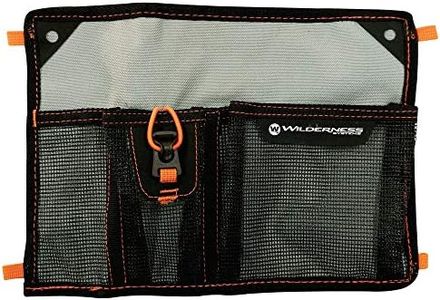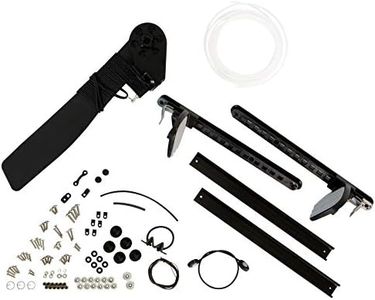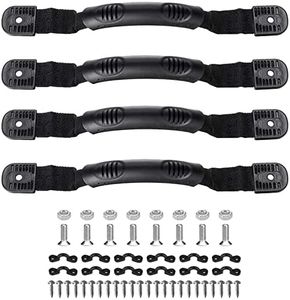We Use CookiesWe use cookies to enhance the security, performance,
functionality and for analytical and promotional activities. By continuing to browse this site you
are agreeing to our privacy policy
10 Best Pedal Kayak
From leading brands and best sellers available on the web.By clicking on a link to a third party's website, log data is shared with that third party.
Buying Guide for the Best Pedal Kayak
Choosing a pedal kayak can be exciting because these kayaks allow for hands-free movement using your legs, which can be great for fishing, photography, or just enjoying the water without traditional paddling. The right pedal kayak depends on where you plan to use it, how you’ll transport it, and what kind of activities you’re interested in. It's important to consider the kayak's stability, comfort, and ease of use, as these will all affect your enjoyment and ability to use the kayak over longer periods.Pedal Drive SystemThe pedal drive system is the mechanism that lets you move the kayak forward or backward using your feet instead of a paddle. The two main types are push-pedal (similar to a stepper) and rotational-pedal (like a bicycle). Push systems are usually simpler and can be more reliable in shallow or weedy areas, while rotational systems are often smoother and more efficient for longer distances. Think about the types of waters you’ll be paddling—steady calm lakes might favor rotational systems, while rivers with obstacles might be better suited to push systems.
Weight and PortabilityThe weight of a pedal kayak affects how easy it is to carry to and from the water, load onto a car, or move alone. Lighter kayaks (around 50-70 pounds) are easier for solo transport and quick trips. Heavier kayaks (80 pounds and above) usually provide more stability and features but can require a cart or a helping hand. If you’ll mostly kayak alone or need to lift it often, a lighter model might serve you better.
Stability and Hull DesignThe hull design affects how stable the kayak feels when you’re sitting, standing, or moving around. Wider kayaks (over 33 inches) usually offer better stability for fishing or standing, while narrower ones (under 30 inches) are often faster and easier to maneuver. If you plan to fish or stand, prioritize width and a flatter hull. For travel over longer distances or on open water, a slim, v-shaped hull can help you move more efficiently.
Seat Comfort and AdjustabilityA comfortable seat makes a big difference, especially during long outings. Look for seats made from breathable mesh with good back support and adjustable positioning. Basic molded plastic seats are best for short trips, while padded, raised, and adjustable seats work better for all-day comfort or if you have back issues. Consider how long you usually spend on the water and choose the seat style that matches your outings.
Storage CapacityStorage capacity determines how much gear, food, and other equipment you can bring. More storage, in the form of hatches, tank wells, and deck space, allows you to carry fishing tackle, camping supplies, or a small cooler. If you mostly paddle light, a kayak with minimal storage will be simpler and lighter. If you do fishing, touring, or overnight adventures, opt for higher storage options.
LengthKayak length influences speed, tracking (how straight it moves), and maneuverability. Short kayaks (under 11 feet) are easier to handle and turn, which is great for rivers or tight spaces. Longer kayaks (12 feet and above) travel faster and track better over distance, making them ideal for large lakes or coastal waters. Consider your outing style—tight, twisty water means shorter kayaks shine, while open water benefits from a longer craft.

